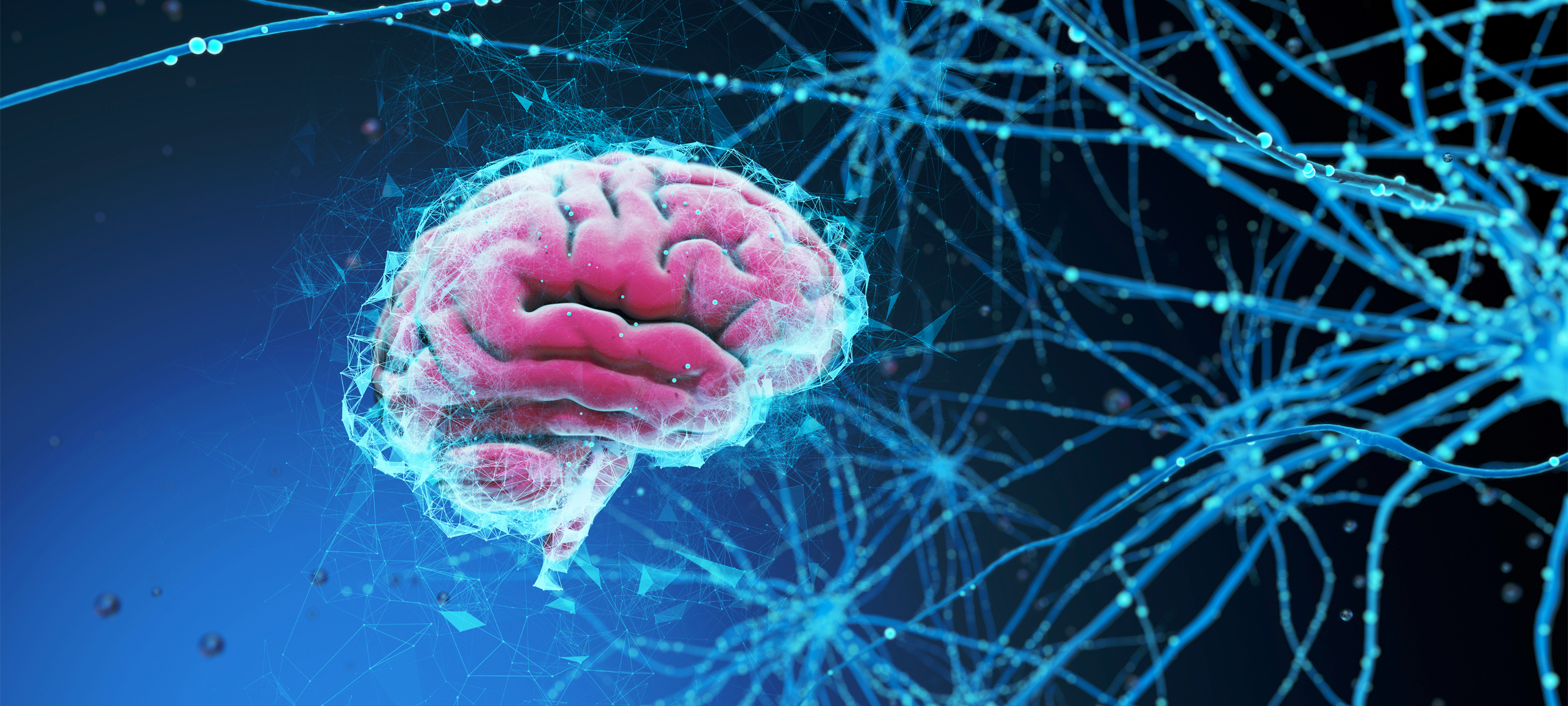Brain-Wide Mapping of Mouse Decisions: Insights from Rutgers Expert Dr. Juan Mena-Segovia

At the Rutgers Brain Health Institute (BHI), we actively collaborate with leading researchers to advance groundbreaking neuroscience discoveries. Recently, Dr. Juan Mena-Segovia, MD, PhD, Associate Professor at the Center for Molecular and Behavioral Neuroscience at Rutgers University–Newark, shared insights on two landmark studies published by the International Brain Laboratory in Nature (Findling et al., 2025 and Angelaki, Benson, et al., 2025) that reveal how sensations, choices, and expectations engage brain-wide networks in mice, providing key insights for neuroscience research. Below are his expert perspectives.
How the brain uses internal “priors” to guide actions
Everyday decisions, like passing a slow cyclist or anticipating a tennis serve, rely on sensing and anticipating, using the brain’s “priors,” or best guesses from recent experiences. Two studies by the International Brain Laboratory (IBL) map when and where signals emerge across the entire brain, revealing distributed reward and action, and identifying a pre-movement prior that links behavior to population activity. Together they provide a common framework that guides future causal work, shifts attention from brain areas to algorithms, and clarifies movement as a dominant mode that must be modeled.
A brain-wide map linking sensation, choice, and movement
In a decision-making task, mice learned to turn a wheel to center a striped image and earn water while the odds of the correct side shifted in blocks and many trials offered faint cues. Across 12 labs, the team made 699 Neuropixels insertions in 139 mice and analyzed 75,708 well-isolated neurons out of more than 600,000 recorded, yielding an unprecedented brain-wide view in behaving animals.
The first study mapped signals over time. Visual activity rose first in thalamus and visual cortex, signals related to the upcoming choice increased across many regions just before movement, and after the outcome, population activity in cortex, basal ganglia, cerebellum, and midbrain closely tracked consummatory behavior, revealing how strongly motor activity dominates the feedback period.
The companion study asked what internal expectation guides behavior when evidence is weak. A simple leaky action-history prior, with recent choices weighted over about 5 trials, best explained performance, biased decisions when cues were unclear, and could be read pre-stimulus during the inter-trial interval (ITI) across many areas, with significant decoding in about a third of the 242 regions examined.
These findings align with our ongoing work on midbrain and basal ganglia circuits for action selection and gait. The atlas shows where to read out task variables, and the expectation result specifies when to look. During the ITI the pedunculopontine nucleus carries a decodable prior, in line with our recent study (Kim et al. 2024) showing that weakening cholinergic PPN activity impairs the use of reward history, motivating time-locked tests in PPN–basal ganglia loops.

Decision signals reveal new targets for brain disorders
Disorders of decision and action arise when brain-wide networks that integrate sensation, movement, and prior expectation fall out of balance. Mapping when and where these signals appear, and showing a compact prior before movement, gives us concrete targets. In Parkinson’s disease, OCD, addiction, and depression, the goal is to restore network dynamics, not just alter a transmitter. Open, standardized data let labs test motor-aware models, identify the right nodes and time windows, and design closed-loop interventions that adjust expectation or feedback precisely when it matters.
Of particular interest to our laboratory, in Parkinson’s disease, gait and freezing reflect failures to align expectation with action. The studies by the IBL let us read a pre-movement prior and quantify motor-dominated feedback, directing our midbrain–basal ganglia work to decode the inter-trial prior in PPN and test timing-specific interventions that adjust it.
Integrating brain-wide models with Rutgers research
At Rutgers Brain Health Institute, cross-scale work from molecules to behavior, with shared tasks, open data, and motor-aware analyses create natural bridges with CMBN. This framework aligns with our midbrain–basal ganglia work and complements labs using high-density recordings, imaging, and modeling, enabling joint projects that map priors, control timing, and test circuit-level interventions.
These studies open an exciting path to decode the pre-movement prior in subcortical structures, pair it with timing-specific perturbations, model motor signals explicitly, and bring these tests to neurological disorders, where expectation and action can drift apart.
Sources:
Read the Nature articles:
- “Brain-wide representations of prior information in mouse decision-making” https://www.nature.com/articles/s41586-025-09226-1
- “A brain-wide map of neural activity during complex behaviour” https://www.nature.com/articles/s41586-025-09235-0
Support the Brain Health Institute
Your generosity changes lives. Every donation fuels groundbreaking research, empowers innovative treatments, and brings hope to millions affected by brain health challenges. Together, we can unlock new discoveries and build a healthier future. Support BHI to make a lasting impact—because every step forward saves lives.
